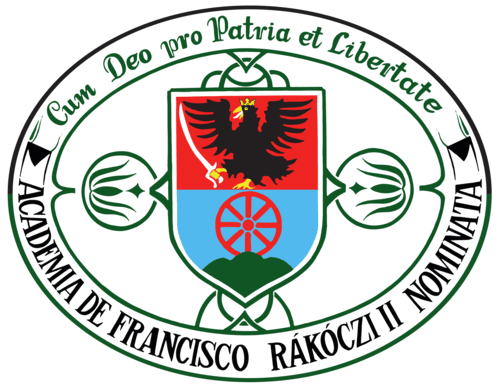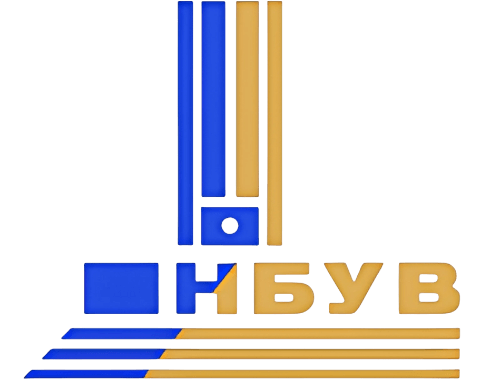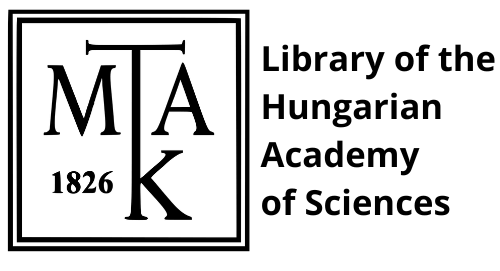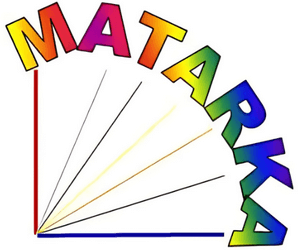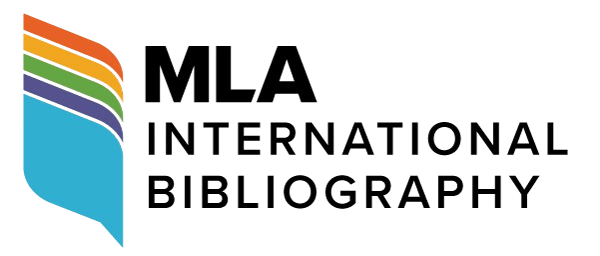Investigating the influence of the state language on the language usage of pupils native language is Hungarian in the classrooms with the Ukrainian language of instruction
DOI:
https://doi.org/10.58423/2786-6726/2023-2-49-62Keywords:
effect of bilingualism, second language’ loanwords, code-switching habits, learning in the language of the majority, pupils whose mother tongue is Hungarian, questionnaire surveyAbstract
The Hungarians living in Transcarpathia are a minority community, so it becomes important for those who live in this community to be able to use their mother tongue, and thus strengthen their national identity. Children who use both languages simultaneously in their communication are more likely to use loanwords, code-switching, and code-mixing. Pupils who do not study in their mother tongue are more likely to use a non-standard version of Hungarian than those who have obtained their school-leaving certificate in the secondary schools with the Hungarian language of instruction. The aim of the research is to investigate the characteristics of pupils’ language usage resulting from the influence of the official language in the classrooms with the Ukrainian language of instruction. Furthermore, the extent to which the usage of Ukrainian and Russian languages influences the students’ language usage, and the frequency of Slavisms and code-switching in their language. The survey showed that a higher proportion of schoolchildren use Slavic loanwords, than those who study in their mother tongue.
References
Beregszászi Anikó–Csernicskó István, 2004. Az anyanyelvet nem megőrizni, hanem használni kell! A Regionális vagy Kisebbségi nyelvek Európai Chartája és a kárpátaljai magyarság. [The mother tongue should not be preserved, but used! The European Charter for Regional or Minority Languages and the Hungarian community in Transcarpathia]. In: Beregszászi Anikó és Csernicskó István: …itt mennyit ér a szó? Írások a kárpátaljai magyarok nyelvhasználatáról, [...how much is a word worth here? Writings on the language use of the Transcarpathian Hungarians]. Ungvár:PoliPrint. 24–34. (In Hungarian).
Csernicskó István, 2003. A kódváltás. [The code switching]. In: Csernicskó István szerk. 2003: A mi szavunk járása. Bevezetés a kárpátaljai magyar nyelvhasználatba. [The way of our word. Introduction to the use of the Transcarpathian Hungarian language].Beregszász: Kárpátaljai Magyar Tanárképző Főiskola.120–125 (In Hungarian).
Csernicskó István–Göncz Lajos, 2009. Tannyelvválasztás a kisebbségi régiókban: Útmutató kárpátaljai magyar szülőknek és pedagógusoknak. [Language choice in minority regions: a guide for Transcarpathian Hungarian parents and teachers]. Kiadta a Magyar Köztársaság Miniszterelnöki Hivatala, 2009. január (In Hungarian).
Gazdag Vilmos, 2011. Az ukrán tannyelvű iskolák magyar tanulóinak nyelvhasználata, különös tekintettel a keleti szláv kölcsönszavak fokozott használatára. [The language use of Hungarian students in Ukrainian-medium schools, with a special focus on the increased use of Eastern Slavic loanwords]. In. Hires- László Kornélia, Karmacsi Zoltán, Márku Anita szerk., Nyelvi mítoszok, ideológiák, nyelvpolitika és nyelvi emberi jogok Közép-Európában elméletben és gyakorlatban. [Language myths, ideologies, language policy and linguistic human rights in Central Europe in theory and practice]. Tinta Könyvkiadó, II. Rákóczi Ferenc Kárpátaljai Magyar Főiskola Hodinka Antal Intézete. Budapest-Beregszász. 375–376. (In Hungarian).
Márku Anita, 2013. „Po Zákárpátszki” Kétnyelvűség, kétnyelvűségi hatások és kétnyelvű kommunikációs stratégiák a kárpátaljai magyar közösségben. [„Po Zakarpatski” Bilingualism, bilingual influences and bilingual communication strategies in the Hungarian community of Transcarpathia]. Ungvár: „Líra” Poligráfcentrum. (In Hungarian).
Séra Magdolna, 2009. Az iskolai tannyelvválasztás szerepe a kárpátaljai magyar kisebbség jövője és társadalmi mobilitása szempontjából. [The role of school language choice for the future and social mobility of the Hungarian minority in Transcarpathia]. Acta Universitatis de Carolo Eszterházy Nominatae: Sectio Linguist In: Kötél Emőke–Szarka László szerk. Határhelyzetek II. Kultúra–Oktatás–Nyelv–Politika. [Border situations II. Culture–Education–Language–Politics]. Budapest: Balassi Intézet Márton Áron Szakkollégium. 241–268. (In Hungarian).
Downloads
Published
How to Cite
Issue
Section
License
Authors retain copyright and grant the journal the right of first publication. The work is simultaneously licensed under a Creative Commons Attribution 4.0 International License (CC BY 4.0), which permits others to share the work with appropriate credit given to the author(s) and the initial publication in this journal.



